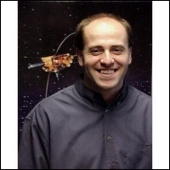ESA Science & Technology - News Archive
News archive
News archive
Published: 9 April 1999
Published: 2 March 1999
Published: 5 November 1998
Published: 15 October 1998
Published: 17 September 1998
Published: 15 April 1998
Published: 29 August 1995
Published: 6 June 1995
Published: 16 September 1994
Published: 30 August 1994
Published: 9 June 1993
Published: 19 March 1993
—
20 Items per Page






